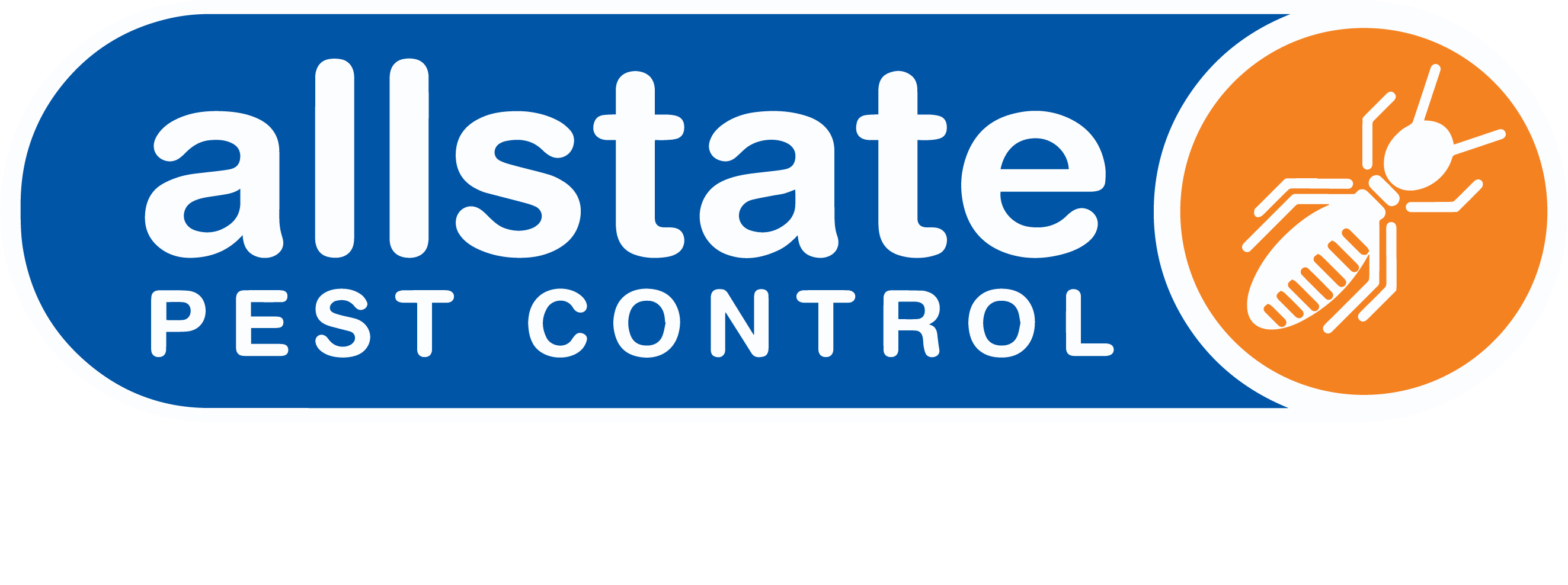If you’re a homeowner or property manager who just noticed tiny holes in wooden furniture or trees, you might be dealing with borers. If left alone, these wood-boring beetles and their larvae can cause serious damage to the wooden structure.
But you can’t control an infestation when you’re not 100% sure what’s behind it.
If you’re still unsure, we’ll help you find out what borers look like and how to spot them before the damage spreads in this post. Let’s break it down.
What Do Borers Look Like?
Borers aren’t always easy to spot.
Adult borers are typically beetles, ranging from small (a few millimetres) to larger (several centimetres) and can be various colours.
They usually begin as larvae, hidden inside timber or tree bark. When larvae hatch, they feed on the inner wood, weakening it from within. By the time adult beetles emerge through exit holes, significant damage may already be done.
Physical Appearance of Borers
Again, spotting borers isn’t always straightforward. Most people only notice the damage long after larvae hatch inside timber or trees. Knowing what these pests actually look like is the first step to protecting your home and garden.
Wood Borers
Wood borers include species like the common furniture beetle, powderpost beetles, and the European house borer.
They vary in size but are usually small, brown to black beetles, between 2mm and 7mm long. The female common furniture beetle lays eggs inside cracks of untreated timber, and larvae can live inside for up to four years before emerging as adult beetles.
Tree Borers
Tree borers, such as eucalyptus borers and longhorn beetles, are larger and more colourful. Some, like jewel beetles, have metallic sheens. The adult Queensland pine beetle is dark brown, about 15mm long, and infests hoop pine sapwood.
The larvae are cream-coloured grubs that tunnel deep into tree trunks and branches.
Signs of Borer Infestation
Borer activity leaves clear evidence if you know what to look for. The most common sign is small exit holes in affected timber, usually 1–2mm in diameter for furniture beetles, and up to 10mm for longicorn beetles.
Infested wood may also crumble easily, leaving fine wood powder near wooden structures or furniture. In trees, you may notice wilting leaves, oozing sap, or dieback in branches.
What Do Tree Borers Look Like in Australia?
Tree borers are often mistaken for other beetles.
Jewel beetles, for example, have metallic bodies and can be green, blue, or copper. Longhorn beetles are easily identified by their long antennae, sometimes longer than their own bodies.
Their larvae bore through live wood, leaving tunnels that compromise the tree’s strength and health.
Common Tree Borers in Australia
Citrus tree borers are one of the most destructive to backyard fruit trees. They lay eggs under bark, and the larvae hatch and feed on living wood, causing dieback.
Eucalyptus borers, such as Phoracantha semipunctata, are notorious across South Australia, especially in stressed or drought-affected gums.
Eucalyptus borers have spread widely in Western Australia and continue to threaten native trees.
Damage Caused by Borers in Homes and Gardens
Borers don’t just nibble at wood. They weaken trees, furniture, and even building timbers. Let’s look at how they affect both gardens and homes:
In Trees
Borer attack weakens trunks and branches, making them prone to splitting.
Severe infestations can kill mature citrus or eucalyptus trees within a few seasons. This loss affects the shade and fruit yield but also property value.
In Wooden Structures
Inside homes, borers target untreated timbers. Common furniture beetle damage often appears in wooden furniture, floorboards, and roof timbers.
Lesser auger beetle infestations weaken hoop pine and other softwoods. An old house borer infestation can threaten the structural integrity of entire buildings.
How to Treat and Prevent Borer Infestations
Once you’ve spotted borer activity, the next step is treatment. Different methods work for different situations, whether it’s a tree in your garden or timber inside your home.
Inspection and Identification
Start with a careful inspection.
Look for exit holes, wood powder, or weakened areas. Identifying the species is critical. Some infestations from the likes of the European house borer require different treatment than powderpost beetles when feeding in hardwood timbers.
Treatment Options
For furniture and wooden structures, wood borer treatment may include insecticide sprays or timber preservatives that penetrate deep into infested wood.
Severe infestations may require fumigation or heat treatment to kill hidden larvae. For trees, pruning affected branches, improving tree health, and applying surface treatments are effective.
Some metallic wood boring beetles can be managed by keeping trees watered and fertilised to reduce stress.
Prevention Methods
Prevention saves far more than treatment. And it starts from the choice of wood during furniture-making.
Always use kiln-dried or treated timbers when building or repairing. Avoid storing infested wood indoors. Regularly check wooden furniture and outdoor structures for new exit holes.
Keep trees healthy with proper watering, as stressed eucalyptus or citrus trees are more vulnerable to borer attack.
When to Call a Professional Pest Control Service
DIY methods rarely solve deep borer infestations. If you notice ongoing borer activity, widespread borer holes, or furniture beetle damage spreading across your home, it’s time to call in experts.
At Allstate Pest Control, we provide borer treatments across Adelaide, backed by decades of experience and 24/7 availability. Early action prevents expensive repairs and helps protect your property long-term. Call us today on (08) 8371 1277.
Frequently Asked Questions
How do I know if I have a borer infestation?
Look for exit holes, piles of fine wood powder, and weakening in wooden furniture or structures. In trees, symptoms include sap bleeding, leaf wilting, and branch dieback.
Are tree borers dangerous to my trees?
Yes. Severe infestations from species like citrus tree borer or eucalyptus borer can kill entire trees within a few seasons, especially if the tree is already stressed.
Can borers spread from one piece of timber to another?
Yes. Adult beetles leave infested wood through exit holes and lay new beetle eggs in nearby untreated timber. This is why a borer infestation can quickly spread across wooden furniture, floorboards, or roof timbers if not treated early.
For fast, reliable borer treatment anywhere in Adelaide, call Allstate Pest Control today on (08) 8371 1277. For quick enquiries, send us a message.


